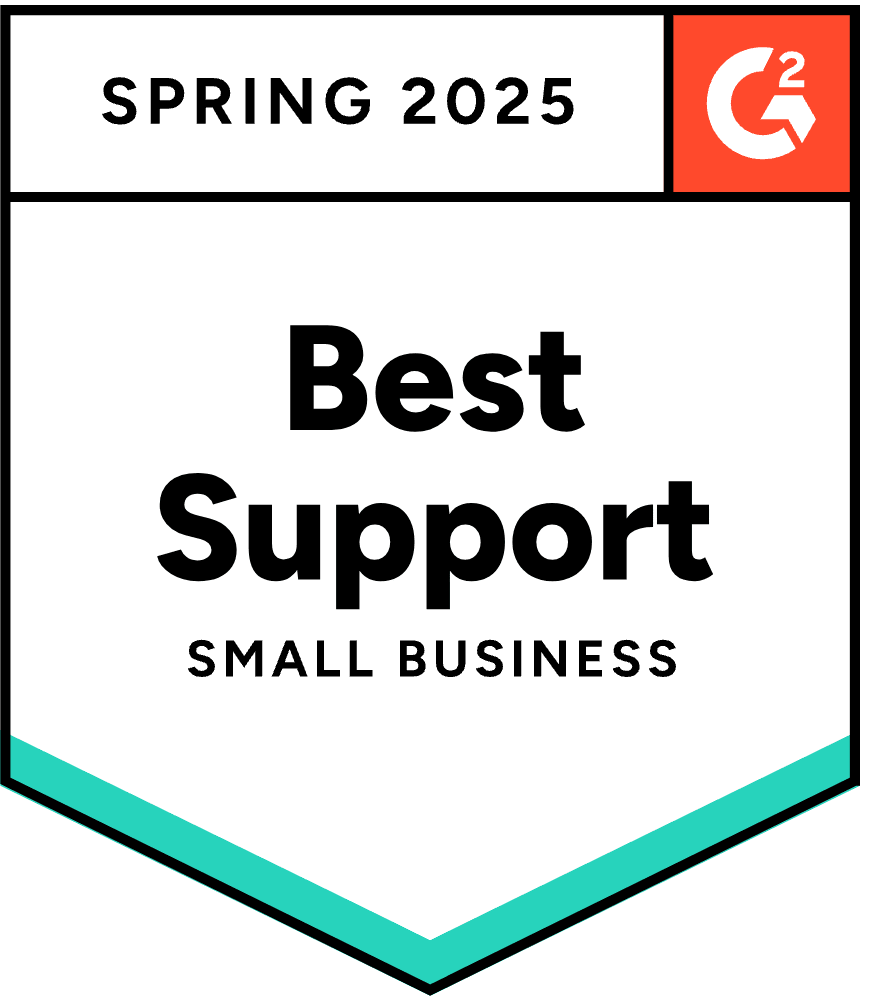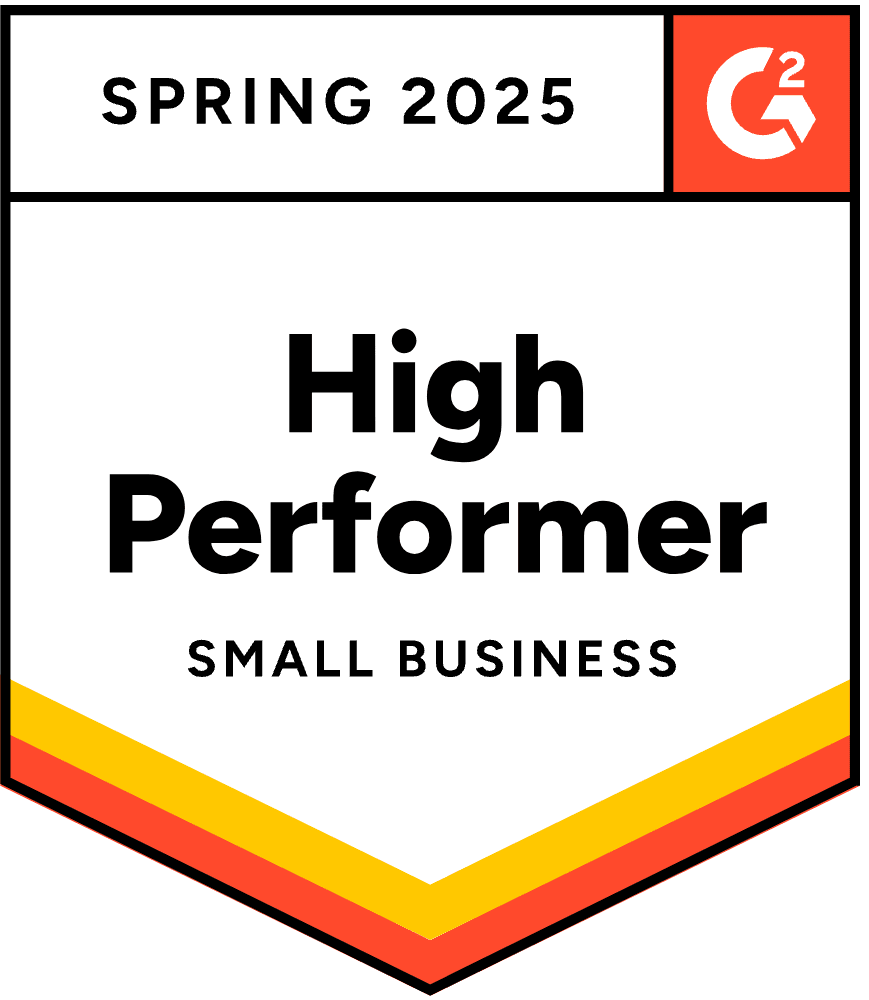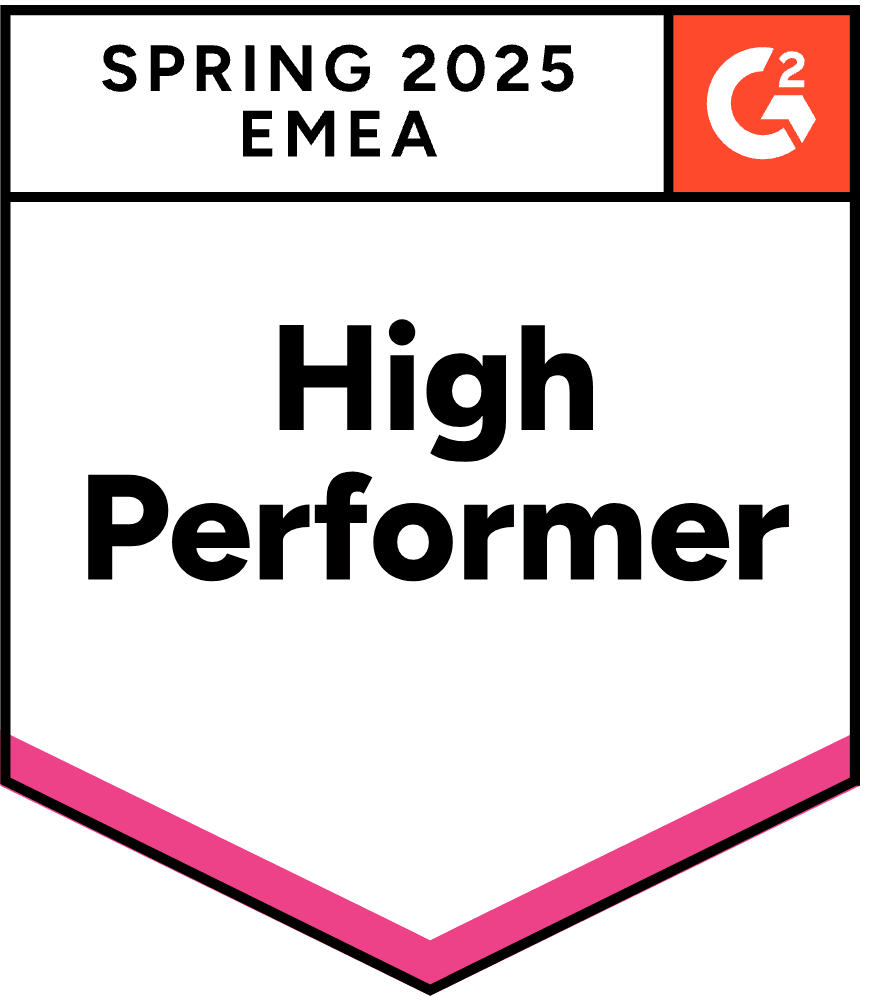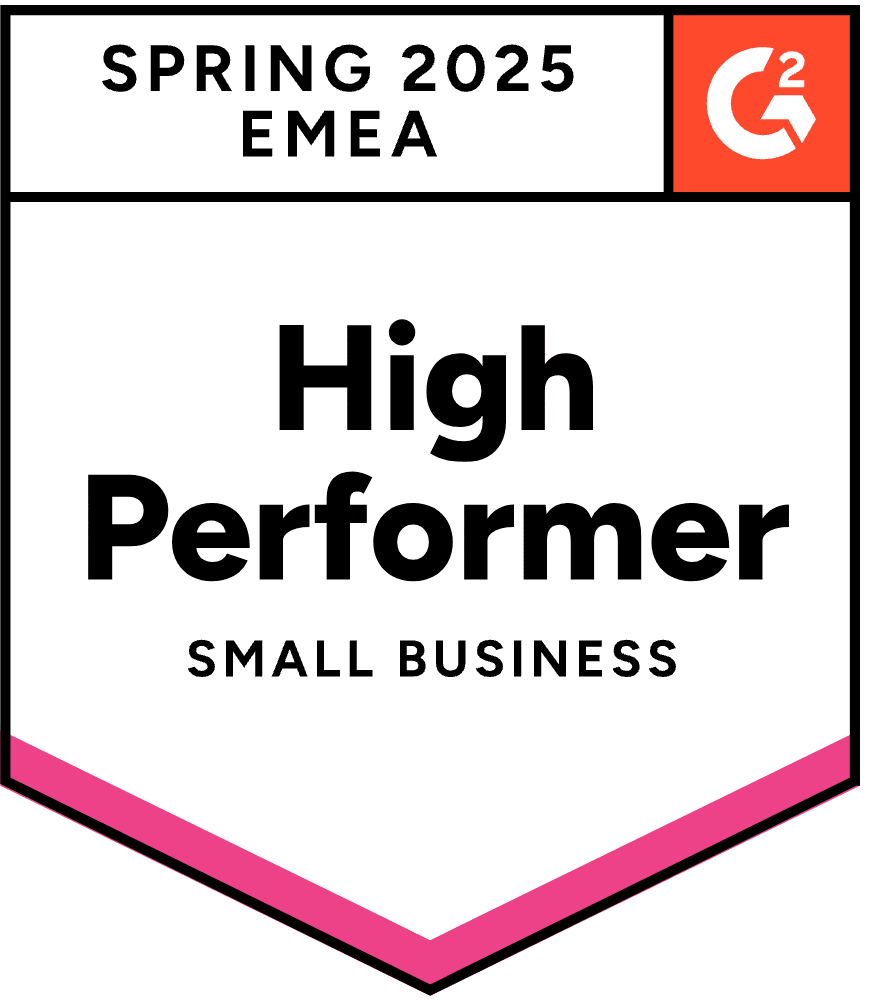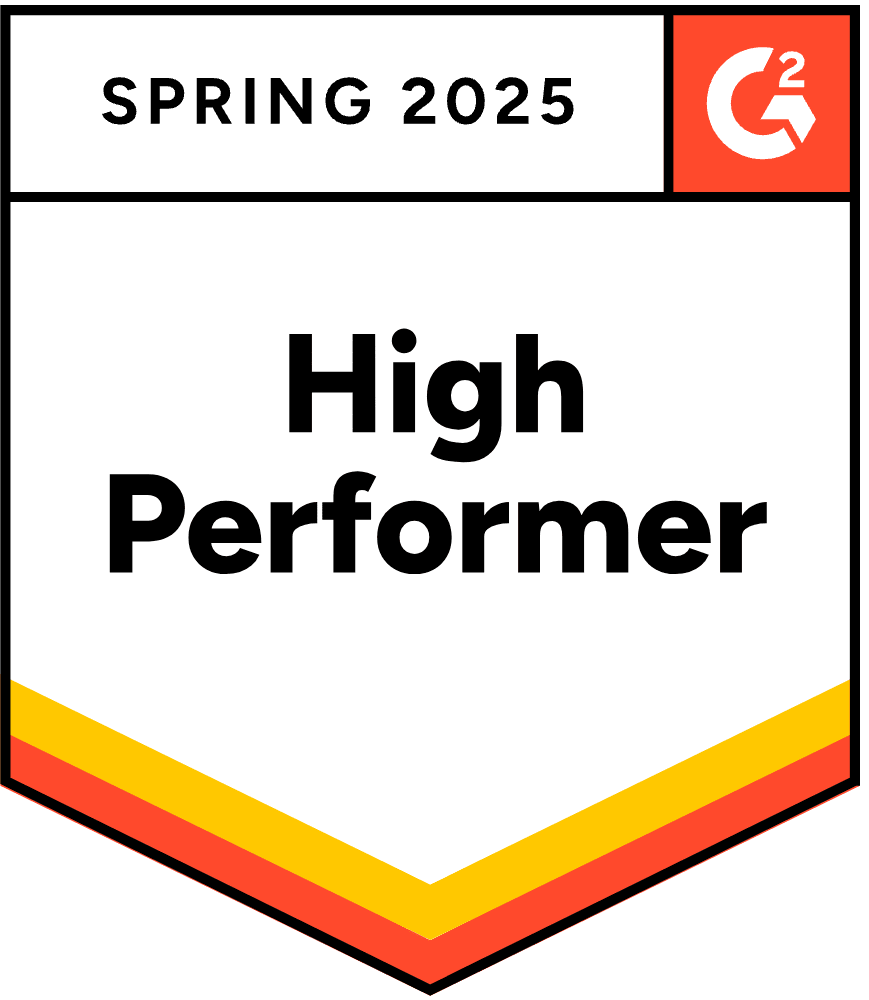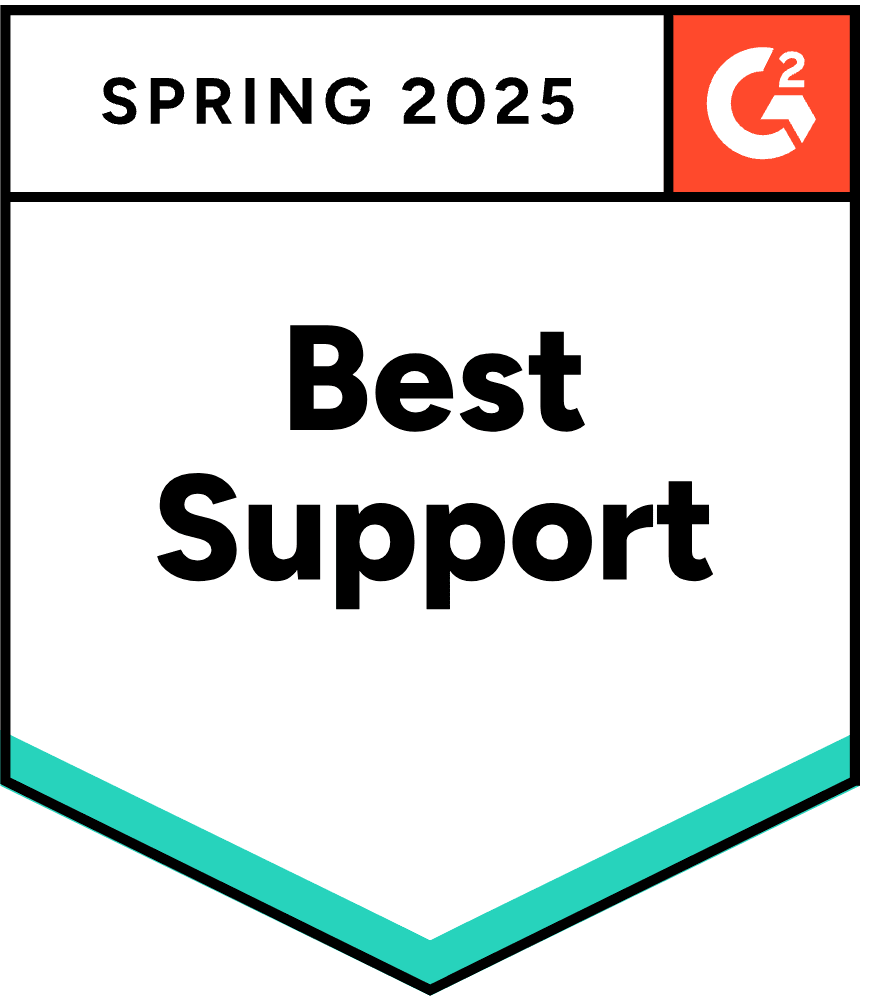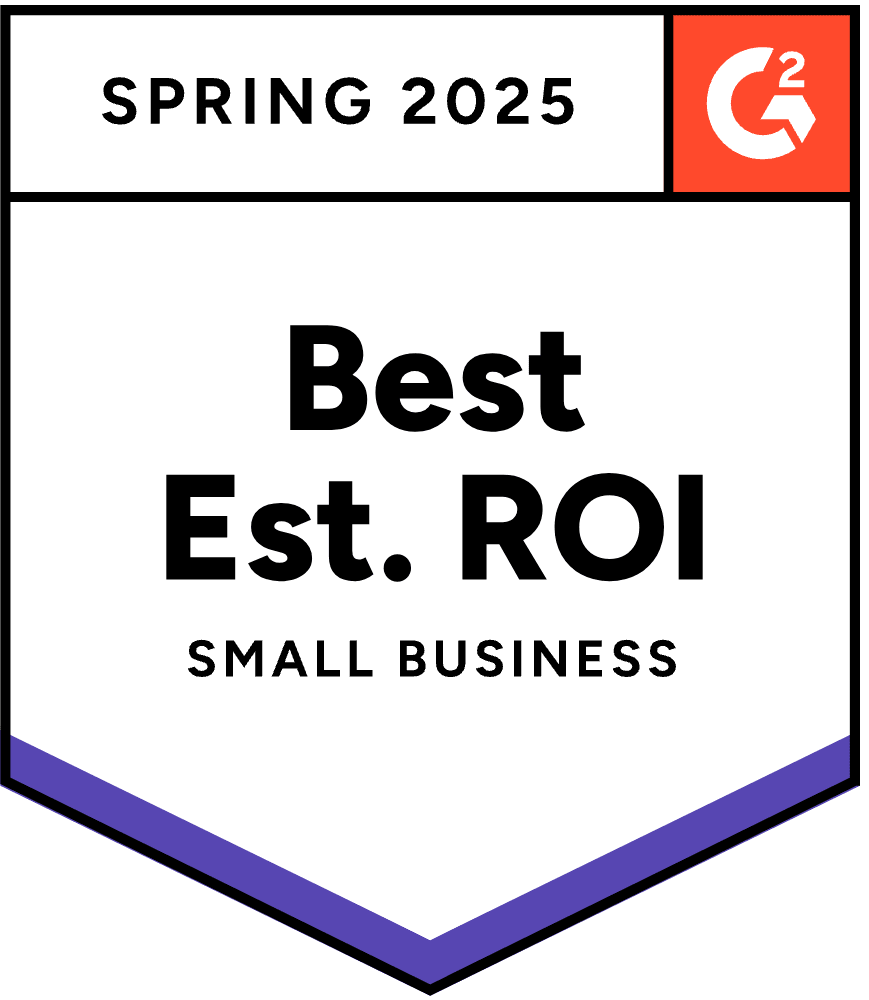What is Average Order Value (AOV)?
Average order value (AOV) measures the average amount a customer spends per order. You calculate AOV by dividing total revenue by the number of orders over a set period.
AOV is a core e-commerce metric because it reveals how effectively you convert traffic into revenue and identify opportunities to boost profitability through product mix, pricing, and personalized shopping experiences.
Applying and tracking AOV can help you:
- Increase revenue efficiency by encouraging higher-value purchases per session.
- Optimize marketing spend by targeting strategies that attract and convert higher-spending customers.
- Analyze what drives larger orders to uncover cross-sell and upsell opportunities.
👉 Insight: Before you chase more traffic, ask: Are you making the most of every order already?
Why AOV Matters More Than "Just Sales"
You might see revenue as a function of getting more people to click "buy." But in modern ecommerce, the real unlock isn't traffic—it's value. Average order value (AOV) measures it.
Think of each order not as a receipt but as a signal of how well you understand and serve your customer's needs. When you focus on growing AOV correctly, you move from chasing transactions to orchestrating richer experiences that benefit your business and buyer.
Here's why this shift matters:
- The old way leaves money—and loyalty—on the table. If you see orders as isolated events, you default to discounting, quick wins, and generic funnels. You burn marketing budget to acquire customers, only to let them check out with the bare minimum. Hidden costs pile up: higher acquisition spend, low lifetime value, and shallow brand affinity.
- Operational friction grows with scale. More orders without more value per order means more strain on fulfillment, support, and inventory, with little gain.
- You overlook the power of relevance and timing. Without AOV, you miss chances to personalize recommendations, bundle solutions, or anticipate needs. These factors make transactions more valuable and customers more likely to return.
The new mental model is to treat every interaction as a value-building moment.
Leading operators use AOV as a strategic compass. They ask:
- How can we make every visit relevant and seamless so customers want to add more to their cart?
- How can we use data and conversation to uncover unmet needs so the "average" order reflects deeper trust and satisfaction?
Modern tools like AI-powered conversational commerce are game-changers. By understanding the context in real-time, you can guide shoppers to the right products, suggest meaningful add-ons, and turn one-time buyers into loyal advocates—without hard sells or random upsells.
How Average Order Value Works
Average order value (AOV) measures each customer interaction's value to your business. Instead of measuring success by the number of orders, you look deeper: How much does each order contribute to your revenue goals?
Tracking AOV shows the direct relationship between a customer's cart and your business's long-term health.
If customers spend more per transaction through thoughtful product pairing, relevant recommendations, or seamless shopping experiences, you grow revenue without constantly acquiring new shoppers.
You can influence AOV by encouraging customers to discover add-on items, opt for bundles, or explore relevant services. The goal isn't to push unnecessary products but to create combinations and experiences, raising order value to build trust and satisfaction.
AOV applies across channels—whether a customer shop online chat with an AI concierge, or visits your store. But there are tradeoffs. Focusing only on increasing order size without understanding customer intent can lead to short-term gains but risk long-term loyalty.
The most effective teams use AOV alongside metrics like customer lifetime value and retention, ensuring strategies to lift AOV deepen the relationship and keep the experience personal.
What Can Improving AOV Do for Your Business?
Make every marketing dollar work harder.
Focusing on increasing average order value transforms your approach to customer acquisition and marketing spend.
Instead of relying solely on more visitors, you measure success by the value of each order. This shift means the same paid ad or email campaign can yield higher returns if each customer leaves with a larger basket.
Uncover and scale high-impact cross-sell and upsell opportunities.
Average order value isn't just a number. It's a window into what customers want when prompted.
You can identify which product combinations or timing triggers lead shoppers to add an extra item or upgrade to a bundle by analyzing AOV patterns.
You move beyond guesswork. You use data to build targeted cross-sell flows and upsell offers that feel natural, not forced.
Deepen customer insight to drive loyalty and personalization.
Tracking and optimizing average order value gives you a clearer picture of your customer's evolving needs and preferences.
Analyzing what drives higher-value orders uncovers the products, services, or experiences that resonate most, allowing you to tailor future interactions.
How to Improve Average Order Value: A Step-by-Step Framework
Raising your average order value (AOV) isn't about pushing more products. It's about using data, empathy, and the right tools to create personal and useful shopping experiences, making each transaction more valuable for your business.
Here's a practical, repeatable process to make AOV a core part of your operations and strategy.
1. Benchmark your current AOV and segment by channel or audience.
You can't improve what you haven't measured.
Calculate your current average order value using this formula:
AOV = Total revenue ÷ Number of orders
Do this across your primary sales channels (e-commerce, in-store, chat) and, if possible, segment by customer type (new vs. returning, region, or acquisition source).
Why this matters: Different segments may have different needs and behaviors. AOV gains often come from tailoring your approach, not a one-size-fits-all playbook.
💡Tip: Visualize your AOV over time using a basic line graph broken out by channel or segment. This helps you spot patterns and set realistic targets.
2. Analyze drivers and barriers in real customer journeys.
Look beyond the numbers to understand why customers place higher-value orders or stop at the minimum.
Map typical customer paths using session replays, chat transcripts, or post-purchase surveys. Identify key customer moments:
- Add recommended items or bundles.
- Drop off before completing a larger cart.
- Respond to personalized suggestions vs. generic promos.
Questions to ask:
- What triggers someone to add a second or third item?
- Are there friction points causing abandonment?
- Which products or services naturally pair based on real purchase data?
This qualitative layer turns raw AOV into actionable insight.
3. Design value-building touchpoints in the shopping experience.
Identify where you can encourage larger, meaningful orders without using pressure tactics.
Focus on creating customer-first experiences. Examples include:
- Personalized product recommendations: Use browsing behavior or past purchases to suggest complementary items.
- Curated bundles or routines: Group products that solve a complete need and clarify the value.
- Helpful content at key moments: Embed quick guides, how-to videos, or AI-powered chat prompts to help customers discover their needs.
Align every touchpoint with your brand's tone and values. The goal is to make it easy—and natural—for customers to say yes to more because it genuinely fits their needs.
4. Test and refine with data-driven experiments.
Don't guess which tactics will move your AOV. Use small, controlled experiments to measure impact and adjust quickly.
Set up A/B tests for different approaches, such as:
- Recommending add-ons via AI chat vs. static checkout modules
- Bundle discount vs. value-added service (like free personalization with minimum spend)
Track AOV lift, customer feedback, return rates, and post-purchase engagement to ensure your changes create real value, not short-term spikes.
5. Operationalize learnings and scale what works.
Once you've identified strategies to sustainably increase AOV and enhance customer satisfaction, integrate them into your standard operating procedures.
This could mean:
- Training your support and sales teams to use data-backed recommendations
- Automating personalized follow-ups or replenishment reminders based on order patterns
- Updating your merchandising or content calendar to feature top-performing bundles and cross-sell flows
Regularly review your AOV metrics alongside customer experience indicators, and keep iterating. The most effective teams treat this as an ongoing loop—always looking to deepen value on both sides, powered by fresh insight and feedback.
💡Tip: Create a shared dashboard displaying AOV by channel, customer satisfaction scores, and repeat purchase rates. This keeps your team aligned on value-driven growth, not just volume.
Watch Out For These Average Order Value (AOV) Pitfalls
Tracking and optimizing average order value (AOV) can unlock smarter growth—if used thoughtfully. But many teams stumble into traps that stall progress or damage customer trust. Here's what to watch for and how to avoid these mistakes.
Mistake #1: Chasing order size without understanding customer intent
It's tempting to equate "higher AOV" with success, but if you focus only on increasing cart totals, you risk missing the bigger picture.
Aggressive upsells or bundling unrelated products may boost your numbers temporarily but often leave customers feeling pressured or misunderstood.
This erodes trust, drives one-time purchases, and sends potential loyalists to more customer-centric competitors.
Mistake #2: Treating AOV as a stand-alone metric
AOV shouldn't exist in a vacuum.
Some teams focus on boosting average order values but ignore how those changes impact customer lifetime value, retention, or satisfaction.
Incentivizing large first-time purchases without a follow-up or ongoing engagement can inflate short-term numbers, but it can lead to higher return rates and lower repeat business.
Sustainable growth comes from viewing AOV as part of an interconnected system—tied to long-term relationship health, not just quarterly targets.
Mistake #3: Relying on stale or surface-level data
Many teams calculate AOV quarterly or use blended figures that hide valuable nuance.
This leads to misguided strategies, like applying the same promotions across all channels or assuming high-value behaviors are uniform across customer segments.
If you don't break down AOV by channel, cohort, or time period and refresh your data often, you'll miss opportunities and overlook silent churn.
You risk over-investing in last year's tactics while ignoring shifting customer needs and value potential.
Mistake #4: Overlooking personalization and context
Some operators treat AOV growth as a mechanical exercise. They recommend more add-ons, run site-wide bundle deals, or automate generic offers.
Without personalization, these tactics blend into background noise or frustrate customers who don't see their unique needs.
True value-building (and sustainable AOV gains) comes from using real-time insights and contextual conversational commerce to meet each customer where they are—anticipating what will help, not just what will pad the receipt.
Ready to Improve Average Order Value—Without More Manual Overhead?
You've seen how average order value (AOV) can transform revenue and customer relationships. But scaling those insights hits a wall when your team juggles fragmented tools, spreadsheets, or one-size-fits-all promos.
If you want to lift AOV through real-time, personalized experiences without adding to your workload, Rep can help.
With Rep's AI concierge, you can:
- Automate product recommendations and bundling at every touchpoint.
- Surface data-driven AOV insights by channel, segment, or journey—no exports required.
- Turn every conversation into a value-building moment with context-aware suggestions, not generic upsells.
Start a free trial to see how Rep makes AOV optimization seamless or explore how leading brands use AI for smarter growth.

